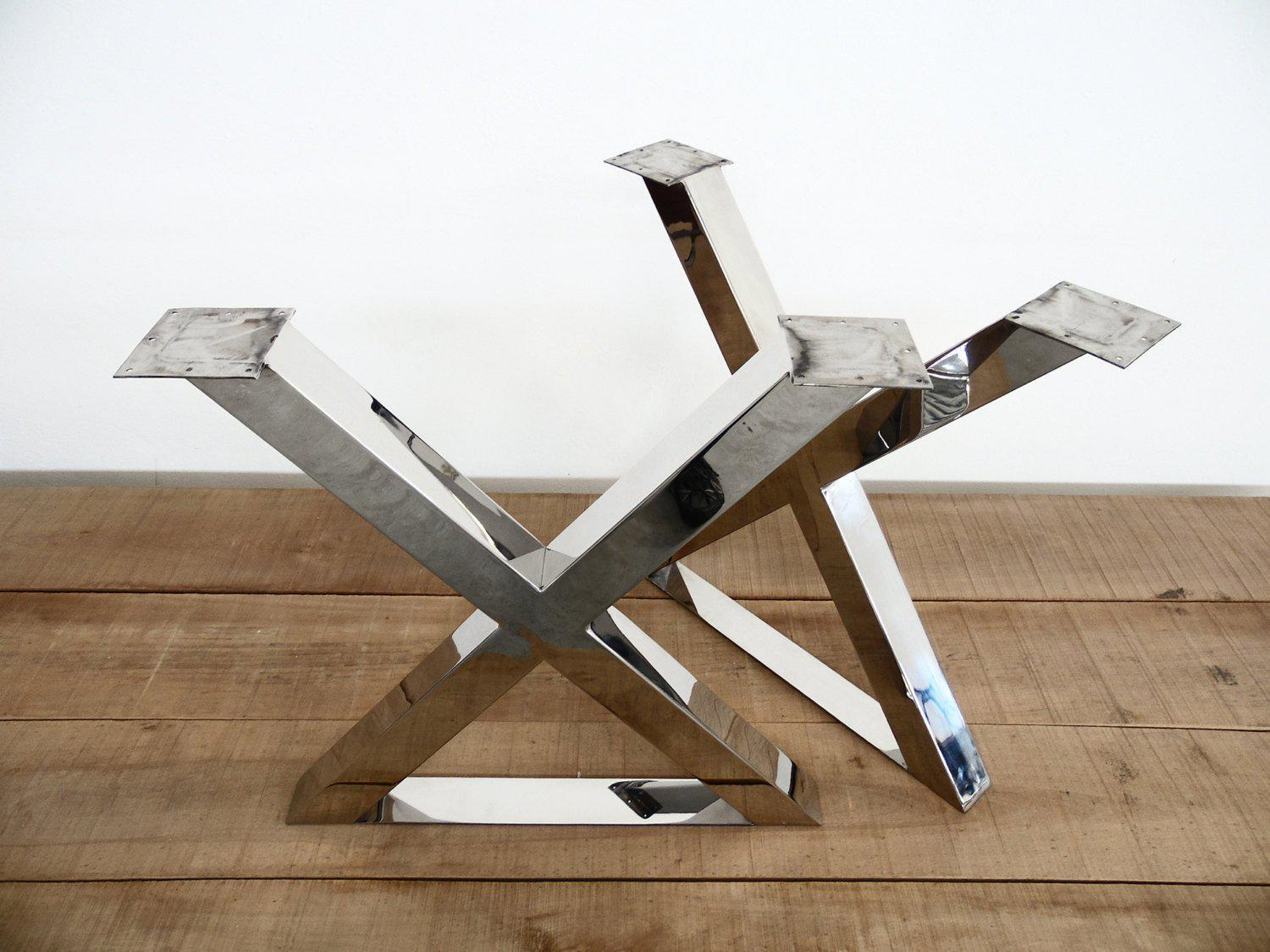The Ultimate Guide to Picking the Ideal Designs for Table Legs
Selecting the best styles for eating table legs is a nuanced procedure that needs balancing aesthetic appeal with useful factors to consider. Personalized choices use a chance for individual expression, guaranteeing your table ends up being a distinct focal point.
Modern Table Legs
In the world of contemporary furniture layout, contemporary dining table legs stand out for their streamlined and ingenious aesthetic appeals. Defined by clean lines and minimal types, these legs commonly utilize materials such as stainless-steel, chrome, and toughened up glass to develop an innovative aesthetic charm. Not just do they improve the overall sophistication of the table, yet they also contribute to its structural honesty and practical convenience.
Among the essential functions of contemporary dining table legs is their versatility to various table tops, from marble and glass to timber and engineered surface areas. Designers regularly explore geometric forms, including angular, conical, and even sculptural kinds, to add an one-of-a-kind touch to each item. This approach not just ensures a modern appearance but additionally enables higher customization to fit specific tastes and indoor style.
Modern dining table legs also highlight simplicity of maintenance and toughness. Hence, modern-day eating table legs personify both kind and feature, making them a preferred selection in today's layout landscape.
Rustic Farmhouse Designs
While contemporary dining table legs captivate with their sleek, minimal layouts, rustic farmhouse styles provide a contrasting yet equally engaging approach to furnishings aesthetics. Rooted in simpleness and performance, rustic farmhouse table legs typically feature durable, strong wood building and constructions that stimulate a sense of warmth and practice. These styles generally include recovered or distressed timber, including character and a classic appeal to any kind of eating space.
Among the most distinct functions of rustic farmhouse table legs is their substantial, tough appearance. Often crafted from oak, ache, or various other hardy timbers, these legs can include a selection of shapes, from straight and square to elegantly transformed or tapered designs (dining room table legs). The workmanship highlights durability, with hand-finished information that highlight the natural grain and flaws of the timber, making each piece distinctly lovely
Additionally, rustic farmhouse legs often utilize classic joinery strategies, such as mortise and tenon joints, ensuring security and long life. This design is specifically fit for creating a comfy, inviting environment, perfect for household celebrations and communal eating experiences. By incorporating rustic farmhouse table legs, one can effortlessly mix capability with sentimental appearances, achieving an ageless allure that enriches the dining setting.
Classic and Timeless Styles
Long-lasting elegance defines traditional and classic table leg designs, perfectly mixing practice with sophistication. These designs catch the significance of sustaining beauty, frequently including complex workmanship that admires historical styles while maintaining a contemporary appeal (dining room table legs). The aesthetic balance accomplished with such legs guarantees they continue to be pertinent and fashionable throughout numerous indoor setups, from traditional to modern homes

In addition, the convenience of classic eating table legs permits them to complement different tabletop layouts, creating a cohesive and unified eating experience. Their timeless nature makes sure that they hold up against changing patterns, making them a beneficial investment for any dining area. Whether you seek understated class or magnificent charm, classic dining table legs use an excellent mix of form and function, improving the general visual of your dining location.
Custom and Unique Options
When it comes to eating table leg designs, custom-made and one-of-a-kind choices use a distinct means to display individual preference and creative thinking. These selections allow homeowners and designers to move beyond standard layouts, developing a table that absolutely mirrors specific design and the general style of the dining space. Custom legs can be crafted in a myriad of shapes, dimensions, and patterns, from detailed makings to contemporary geometric kinds, enabling endless opportunities.
One-of-a-kind eating table legs can act as a centerpiece in a room, drawing focus and triggering discussion. As an visit here example, legs fashioned to appear like tree branches can bring a touch of nature inside, while sculptural metal legs can impart a modern and industrial panache. One more prominent fad is incorporating multimedias, such as integrating Check This Out wood with steel or glass, to produce a striking contrast and included visual passion.

Product and Complete Options
Choosing the best material and finish for eating table legs is crucial to achieving the wanted visual and capability. The option of materials can substantially affect the table's sturdiness, upkeep, and total design. Typical materials for eating table legs consist of wood, steel, and acrylic.
Steel legs, such as those made from stainless steel or iron, supply a contemporary and industrial appearance. Acrylic legs, although much less conventional, offer a modern and airy feeling, ideal for smaller sized spaces or minimal designs.
Timber legs can be stained to improve their all-natural grain or repainted for a more consistent appearance. Metal legs may be brightened for a sleek finish or powder-coated for included defense against wear and corrosion.
Eventually, the option of material and surface must straighten with the table's general style, use requirements, and the existing decoration of the eating room.
Conclusion
The selection of table legs dramatically influences the aesthetic and functionality of a dining area. Modern designs supply streamlined, minimal appeal, while rustic farmhouse designs offer warmth and personality. Traditional and classic layouts add style through intricate craftsmanship. Customized options permit individualized expression. The choice of materials and coatings additionally enhances the general look and longevity. Careful consideration of these factors ensures a harmonious and visually enticing eating location.